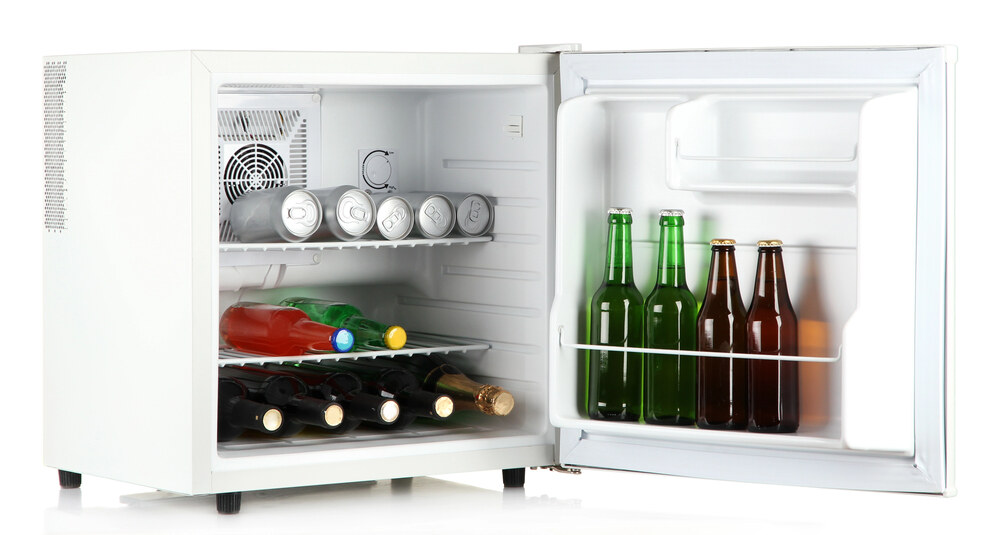The packaging does more than hold your beer. It protects its quality, influences its taste, and even shapes the overall drinking experience. Whether you’re grabbing a cold can, popping the cap on a bottle, or sealing your latest homebrew in a carefully chosen container, small details in the packaging design can change how you enjoy each sip.
Let’s explore five ways in which packaging affects both beer quality and your enjoyment whether it’s from a commercial brewery or your own homebrewing masterpiece!
1. Canned Beer Can Present the Illusion of a Change in Taste Profile
A common criticism of canned beer is its metallic aftertaste. While this might seem logical, considering cans are made of metal, it’s not entirely accurate. Modern cans feature a polymer lining that prevents any direct contact between the beer and the metal.
The perceived “tinny” flavor likely stems from smell rather than taste. It’s similar to how eating food with a strong-smelling utensil can affect perception. The nose picks up subtle hints from the can’s exterior, which influences how we think it tastes.
Tin Cans protect beer better from light and oxygen compared to bottles, preserving freshness longer. However, many factors can affect which beer tastes better (bottle or can).
2. Bottled Beer Influences Freshness
Glass bottles provide a sturdy barrier against oxygen, which helps maintain beer’s flavor. However, over time, small amounts of air can still sneak in through the cap. This is why storing bottled beer properly is key to keeping it fresh.
The thickness of the glass also plays a role. It insulates the beer better than cans do, helping it stay cooler for longer periods once chilled. To preserve freshness as much as possible, it’s best to refrigerate bottled beers soon after purchase. Cold storage slows down oxidation and ensures you enjoy each bottle at its peak flavor profile.
3. Light Exposure Affects the Quality of Bottled Beer
Glass bottles, while iconic, can leave beer vulnerable to UV light. When exposed to sunlight or fluorescent lighting for too long, the beer undergoes a chemical reaction that creates an unpleasant aroma. This is called being lightstruck.
Breweries often use darker glass – like amber – to reduce UV penetration.
However, green and clear bottles provide little protection. Even with proper storage in dim environments, accidental exposure during transport or on store shelves remains a risk. On the other hand, canned beer provides full shielding from light. However, if you prefer bottled beers, stick to brown glass options when possible!
4. Packaging Choices Have an Environmental Impact
Packaging plays a big role in beer’s environmental footprint. Both glass bottles and aluminum cans are recyclable, making them sustainable options for eco-conscious drinkers. However, aluminum has an edge due to its lightweight nature and lower energy requirements for transportation and recycling.
Glass, while durable, is heavier to ship and requires more resources to recycle effectively. Additionally, broken glass poses disposal challenges compared to the streamlined recycling process of cans.
For those mindful of sustainability, choosing canned beer can slightly reduce the overall environmental impact without sacrificing quality or flavor. Just be sure to recycle whichever option you choose!
5. Packaging Design Shapes Perceptions
Packaging isn’t just functional, it shapes how we experience beer before even opening it. A well-designed label conveys key details like style, alcohol content, and the brewery’s story, building anticipation with every glance. Whether you’re a commercial brewer or a passionate homebrewer, branding transforms your beer into a memorable experience. Private Label Specialties offers custom labels and unique packaging solutions that make your brew stand out, drawing in more people and strengthening brand identity.
Even texture matters! Embossed labels or unique bottle shapes make holding the beer more enjoyable, adding to the overall experience. Ultimately, packaging sets the tone for what’s inside long before you take that first sip.








